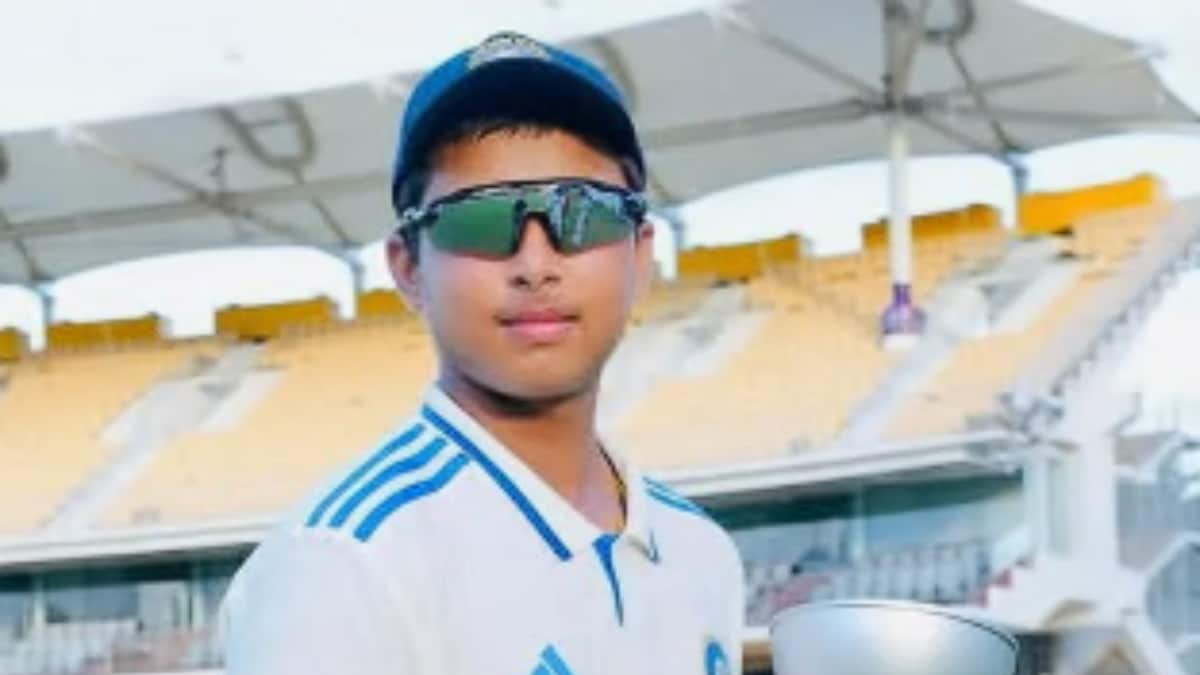 |
|
The recent IPL auction saw Rajasthan Royals make a significant, and controversial, acquisition: 13-year-old Vaibhav Suryavanshi. Purchased for a substantial Rs 1.10 crore, Suryavanshi immediately became the youngest player ever to be drafted into the IPL. This unprecedented move, however, quickly ignited a firestorm of debate and accusations of age fraud. The controversy stems from conflicting information regarding Suryavanshi's actual age. While officially listed as 13 years and eight months old, an older interview resurfaced where Suryavanshi himself stated he would turn 14 in September 2023. This discrepancy, amplified by social media, fueled suspicions that his age might have been misrepresented.
Adding fuel to the fire, some commentators pointed out that the practice of listing two different birthdates is relatively common in India, often for the purposes of school enrollment. This cultural nuance, while potentially explaining the discrepancy, doesn't negate the central concern: age falsification in professional sports. The young cricketer's father, Sanjiv Suryavanshi, came forward to address the allegations head-on. He vehemently denied any wrongdoing, asserting that his son had undergone a bone density test conducted by the BCCI (Board of Control for Cricket in India) when he was just 8.5 years old. This test, frequently used to verify the ages of young athletes, purportedly confirmed his age, according to his father. Sanjiv Suryavanshi further added that Vaibhav has already played for the India U-19 team, further solidifying his claims regarding his son’s age.
The controversy extends beyond the simple numbers. It touches on the ethical implications of recruiting exceptionally young athletes, raising questions about the pressure placed on underage children, the potential for exploitation, and the long-term effects on their physical and mental well-being. The case raises important questions about the integrity of youth sports in India and the need for robust age verification processes. While the BCCI’s bone density test provides a level of verification, the lingering uncertainty underscores the need for stricter regulations and increased transparency in the selection processes for young athletes participating in high-pressure professional leagues like the IPL.
Beyond the age controversy, Vaibhav Suryavanshi's talent is undeniable. His impressive performance in domestic cricket, including a century scored off just 62 balls in a Youth Test against Australia U-19 in Chennai, showcases his prodigious potential. The young batsman’s father proudly recounts how Rajasthan Royals' batting coach Vikram Rathour challenged Vaibhav to score 17 runs in an over during trials. Vaibhav's response was apparently spectacular, exceeding expectations by a considerable margin and cementing his place on the team. His selection for the IPL is a testament to his exceptional skill and potential, even if the circumstances surrounding his age remain contested. This highlights a larger point: that the pursuit of young talent within such high-stakes leagues requires delicate balance between the need to identify emerging talent and the protection of minors from undue pressure and potential exploitation.
The economic realities involved in Vaibhav's cricketing journey also add a crucial layer to this story. His father sold his farmland to support his son’s cricketing aspirations, showcasing the significant financial sacrifices many families make to help their children achieve sporting dreams. This underlines the deep-rooted societal significance of cricket in India and the pressures this can put on both young athletes and their families. The ongoing debate surrounding Vaibhav Suryavanshi's age will inevitably raise questions about the need for more stringent age verification processes within the BCCI and other cricketing organizations, ensuring the fairness and ethical integrity of the sport. While his talent is undeniable, the controversy serves as a crucial reminder of the need for balanced development and ethical recruitment practices in the world of professional sports.
Finally, the case of Vaibhav Suryavanshi provides a case study in the dynamics of social media and its role in shaping public perceptions. The rapid dissemination of conflicting information online heightened the controversy, making the story a trending topic and influencing public opinion significantly. This highlights the importance of responsible reporting and the need for critical engagement with information sourced from social media platforms. The story of Vaibhav Suryavanshi, therefore, extends beyond the confines of the cricket field and delves into broader social, ethical and technological discussions that warrant further consideration.
Source: How Old Is Vaibhav Suryavanshi Bought By RR For Rs 1 Cr At IPL Auction? What's The Controversy?
